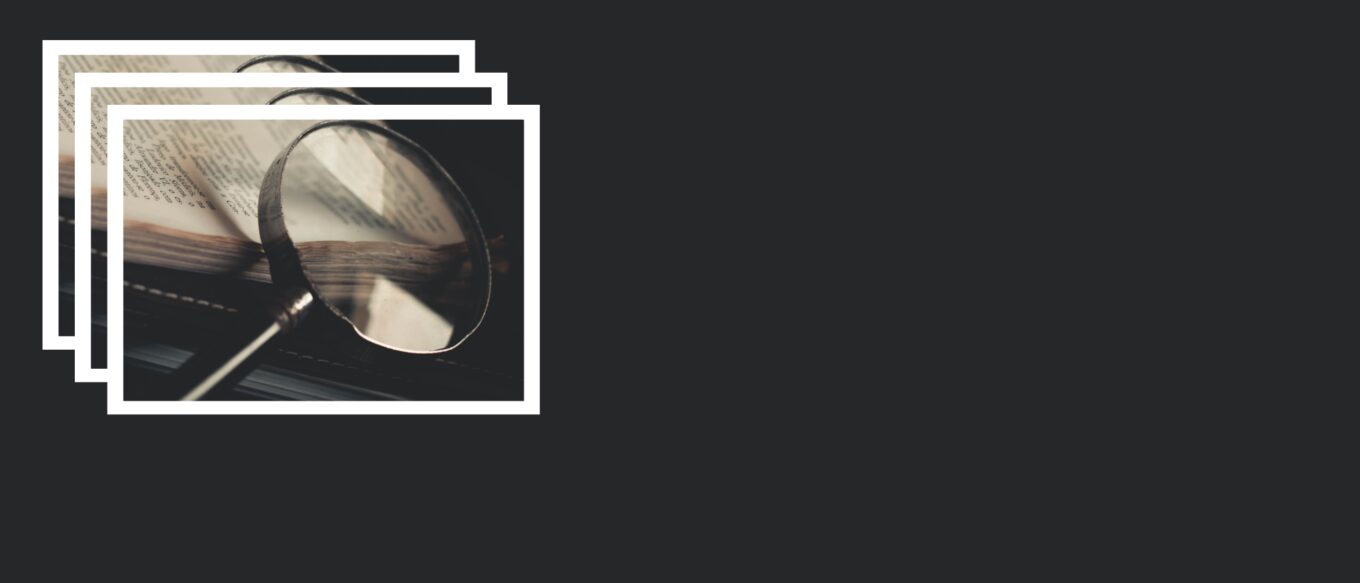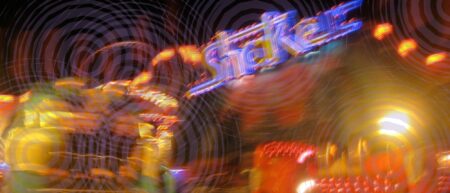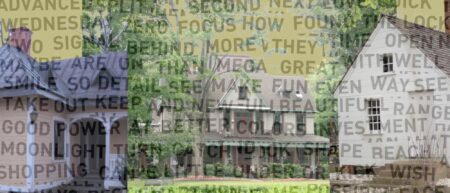The sky was a bit clear and a bit cloudy on the July day in 2017 when I dared to become a memoirist. I held onto my daughter’s soft hand as I walked up the alabaster steps to a stone building on the rolling campus of a small, liberal arts college north of Baltimore to begin my first day in the school’s MFA in Nonfiction program. I was 56. My daughter, then a rising college senior, was escorting me to the schoolhouse in much the same way I had done for her on her first day of pre-kindergarten nearly twenty years ago. “You can do this,” she said as I slowed down to silence the chatter in my head.
Less than three years later, the weather didn’t matter as I logged onto Zoom, only months after the pandemic hit. I landed a job teaching English language arts virtually to ninth graders at a D.C. public charter school where nearly 100 percent of students are Black and almost 70 percent are from low-income families.
Although I had subbed the previous school year at another public school, 2020-2021 was my first experience at the controls. I felt like a 16-year-old behind the wheel without a licensed driver riding shotgun. I somehow passed the road test, though, after a whiplashing year because the proverbial teaching bug bit, suffusing me with a profound sense of purpose and gratification. At this school, I saw firsthand how precarity in Black communities and its subtext racism adversely affect student outcomes.
In my two years as an MFA student, I studied the craft of writing memoir under the guidance of leading nonfiction writers who serve as both professors and mentors. Ultimately, I produced a 100-page thesis focused on a period when my life went dreadfully off script. I had left college the final semester of my senior year, collapsing from the sheer fatigue of being at a predominantly white institution (PWI) in the Boston area during the city’s desegregation busing crisis. My encounters with racism were both epic and subtle, as was my growing doubt in my ability to live up to my family’s generations-long tradition of excelling in higher education. My grandparents and parents were proud and accomplished graduates of historically black colleges and graduate programs at PWIs, including the Ivy League. The breaking point came when a red-haired security cop at a downtown Boston department store falsely accused me of shoplifting and detained me in a windowless room for hours, yelling at me in a guttural Boston brogue. I later sued the store and won, but the damage to my sense of self had been done. I wanted out of the crucible of bigotry, so I left.
My approach to teaching writing to my ninth-grade students begins with developing their identity as close readers. From the jump, I tell students they are “literary detectives.” More than a moniker, it’s a personality that they grow into. I explain that as literary detectives, their job is to read texts closely in order to notice the telling details that illuminate the characters, setting, and plot moments. For the first reading assignment—the photo essay “Quiet Places” by Mitch Epstein—I pass out small magnifying glasses for students to hone in on the details that shine a light on who might have inhabited the rooms featured in Epstein’s visual narrative. They giggle at first then hunch over the text with the handheld microscope like a crime scene investigator solving a mystery.
As an MFA student, I spent more concentrated time than ever before holding my memory of events under a magnifying glass to see if the story I had been telling myself jibed with those clamorous things called facts. Scrutinizing my thoughts was painstaking. And, I found it difficult to take the risk required to completely open up on the page. Fortunately, though, my first faculty mentor in the program, Suzannah Lessard, had counseled me to be “ruthless” in interrogating my memory in order to be clear about my actual lived experience. Her advice propelled me past go and stayed with me as I trudged to the land of clarity.
The magnifying motif echoes throughout my classroom, starting with the front door, which I covered from top to bottom with a magnifying glass decal. I also put a handcrafted magnifying glass on my focus wall, which is devoted to learning targets.
For written texts, I require students to annotate the telling details they observe. Additionally, for all texts, whether written or visual, I require students to write down their observations. Those practices prepare students to make inferences from their findings.
I take to heart the words memoirist Harry Crews purportedly said, “It takes great courage to look where you have to look, which is in yourself, in your experience, in your relationship with fellow beings, your relationship to the earth, to the spirit or to the first cause—to look at them and make something of them.”
Nonfiction is a broad genre that encompasses more than memoir. I knew that my MFA gave me options. More than anything, I wanted to teach urban high school students about narrative structure, author’s purpose, creating stakes, and other literary techniques for conveying a main idea and engaging readers.
In my classroom, I also use The Writing Revolution (TWR) method developed by Judith Hochman. TWR is designed to help students draw meaning from literature and their own lives by processing what they’ve read in complex, evidence-based sentences.
A TWR staple is the because-but-so system of writing literary analysis. In the short story “Bread” by Margaret Atwood, which uses the second person point of view, students focus on their changing perspective as Atwood moves the reader from one extreme setting to another in which the value of the bread changes based on the reader’s need for it. First, I have students record the value of bread in each setting, then explain the value of the bread using because-but-so.
The bread loses value in the kitchen because I had more bread than I needed.
The bread loses value in the kitchen but it gains value in the famine because I didn’t have enough for my sister and me.
The bread gains value in the prison because I was hungry, but I had to snitch in order to get it, so getting the bread put me at risk of getting ‘dealt with’ by my fellow inmates.
The story’s scarcity theme and prison setting resonate with my students, many of whom have experienced hunger and have a loved one who is incarcerated.
The correlation between poverty and racial gaps in academic achievement is why I teach in an inner-city setting. Nearly 70 percent of students at my school live at or below the federal poverty level. In 2022, only 19 percent of incoming Black ninth graders from D.C. public charter schools tested proficient in reading compared to 80 percent of White students, according to the Annie E. Cassie Foundation.
But I don’t need those statistics. I have seen firsthand how poverty can affect student achievement instead of wellbeing. For example, M. lived in a shelter across town and arrived to my first block late, sleepy and hungry. He almost never turned in assignments on time. S. lost two siblings to gun violence in two years and hardly ever came to school but managed to ace the PSAT. K. had not taken a shower in days because the water in his apartment had been turned off. Although he smelled like stale dishwater, he came to school anyway and engaged in classwork.
Scrutinizing a memory and a text can create beautiful writing. I give students news stories to read and reflect on through writing. One year, I had students create found poetry from a news article on gun violence in Washington, D.C. What they saw in those fact-filled news stories stirred my soul, moving me to write an opinion piece for The Washington Post about how my students, and many inner-city students, try to appear unaffected by gun violence even though they are hurting. In the spring of 2023, the Gandy Dancer, the literary journal of the State University of New York system, published a collection of my students’ found poems, marking the first time the journal published works by students who do not attend a SUNY school.
I’ve found that when students find a connection to the story, they tend to engage deeply in discovering the underlying meaning of the text, which can lead to meaningful analysis writing. Just as I had to squint really hard to see the pixels in my personal story in order to make meaning of it, students need to first closely observe the telling details of a text in order to write evidence-based analysis. My students and I are living in the spirit of Joan Didion, who famously wrote, “I write to find out what I’m thinking, what I’m looking at, what I see, and what it means.”
—
Donna Lewis Johnson is a high school teacher and writer who lives in Washington, D.C. She was named a 2023 Arts & Humanities Fellow in Nonfiction by the DC Commission on the Arts & Humanities (CAH) and holds an M.F.A. in Nonfiction from Goucher College and a B.A. in English from Tufts University. Follow her on Medium.



